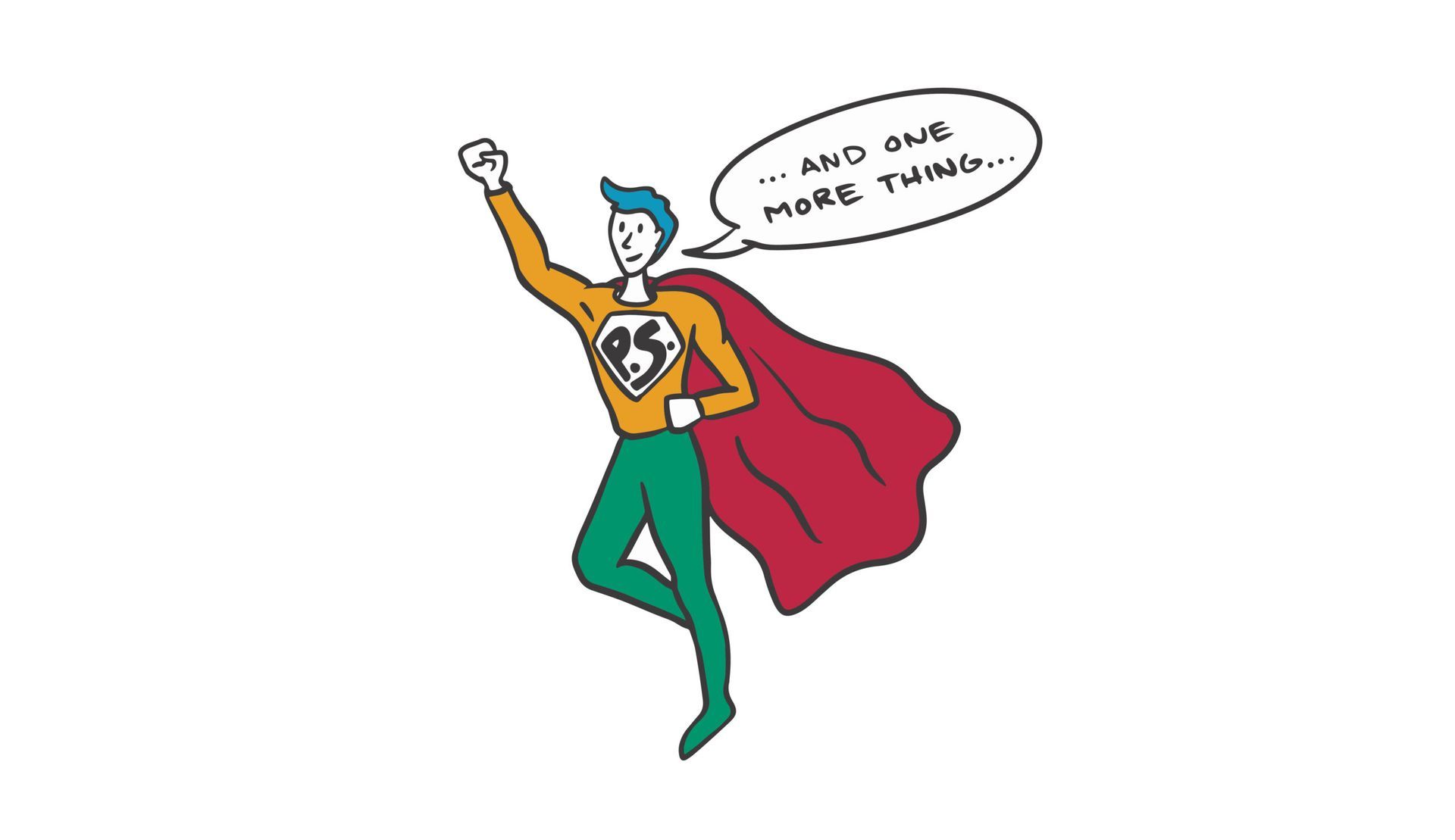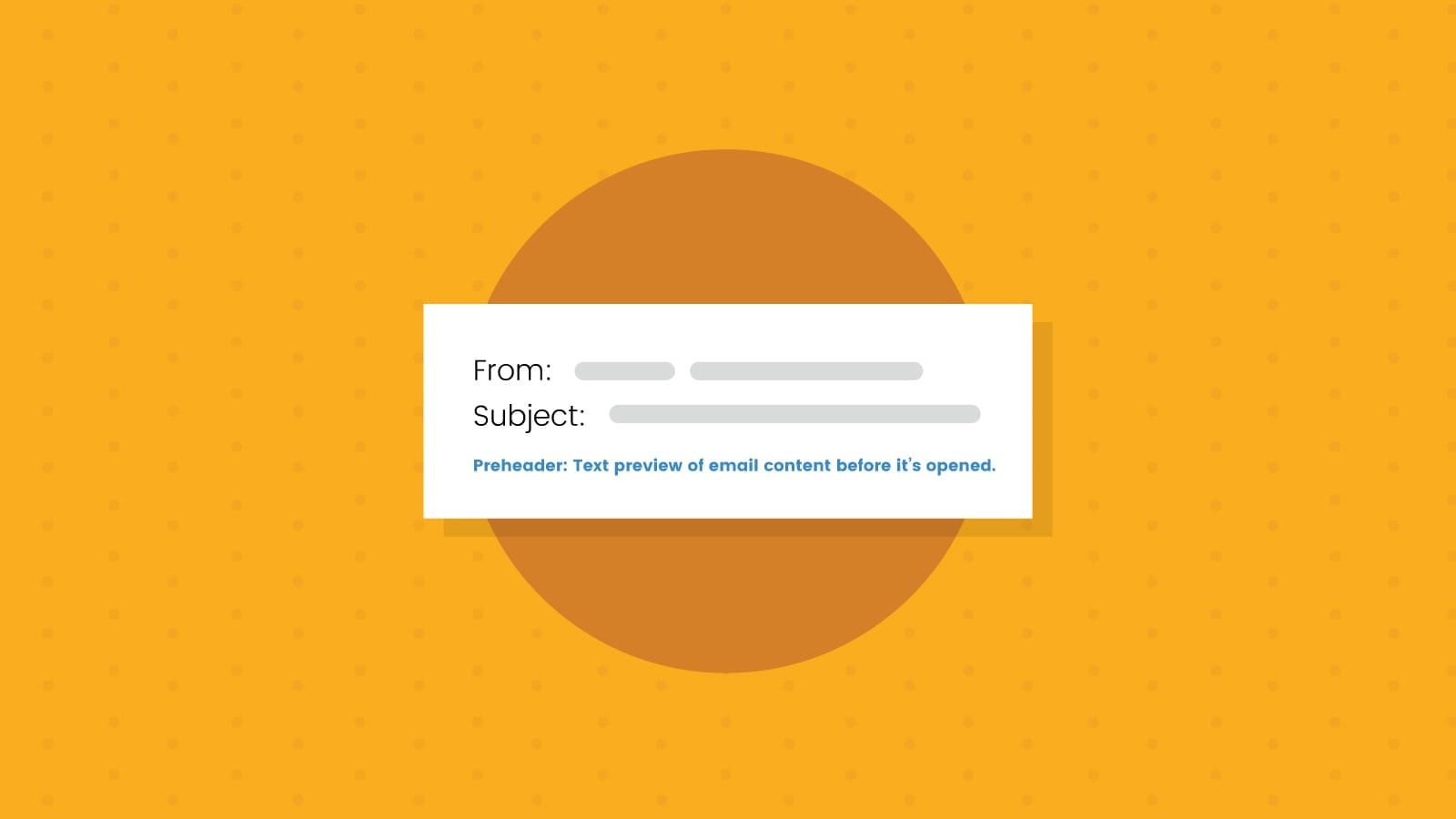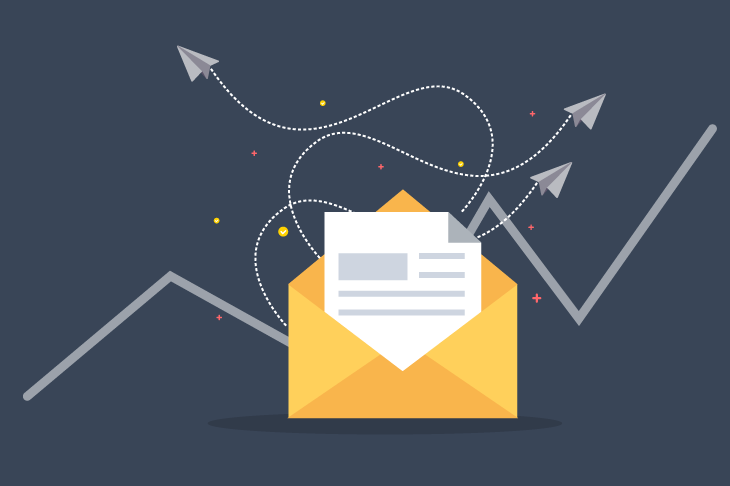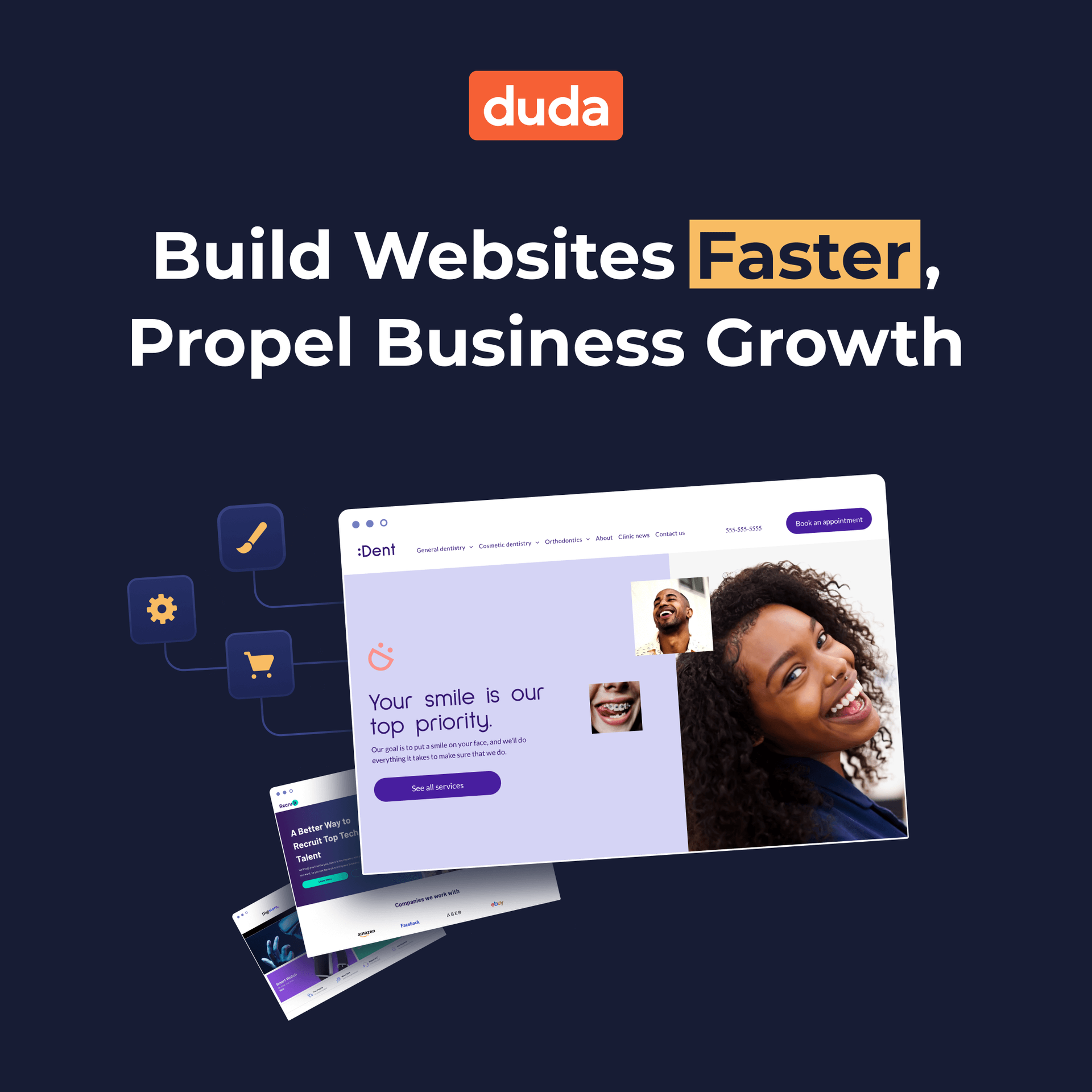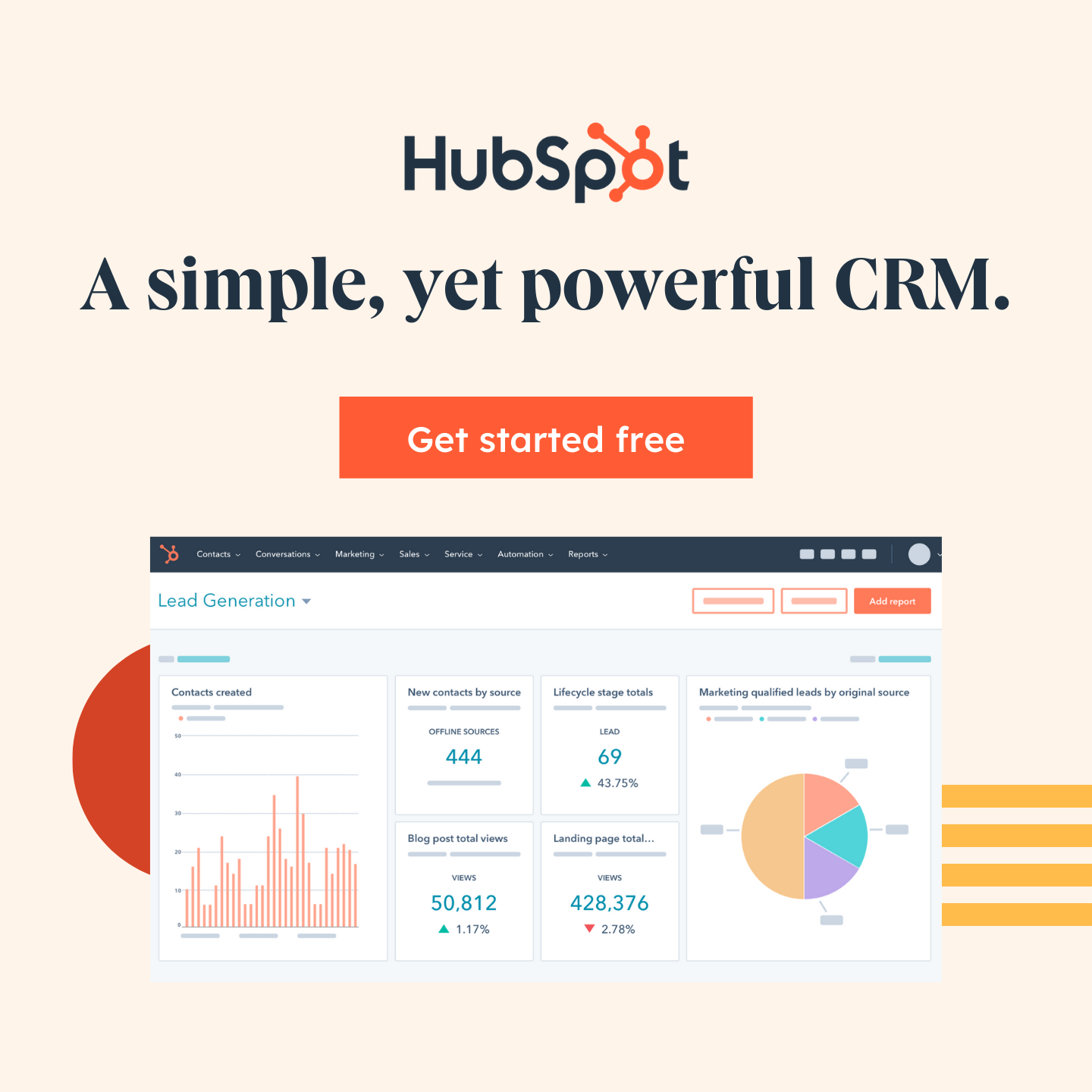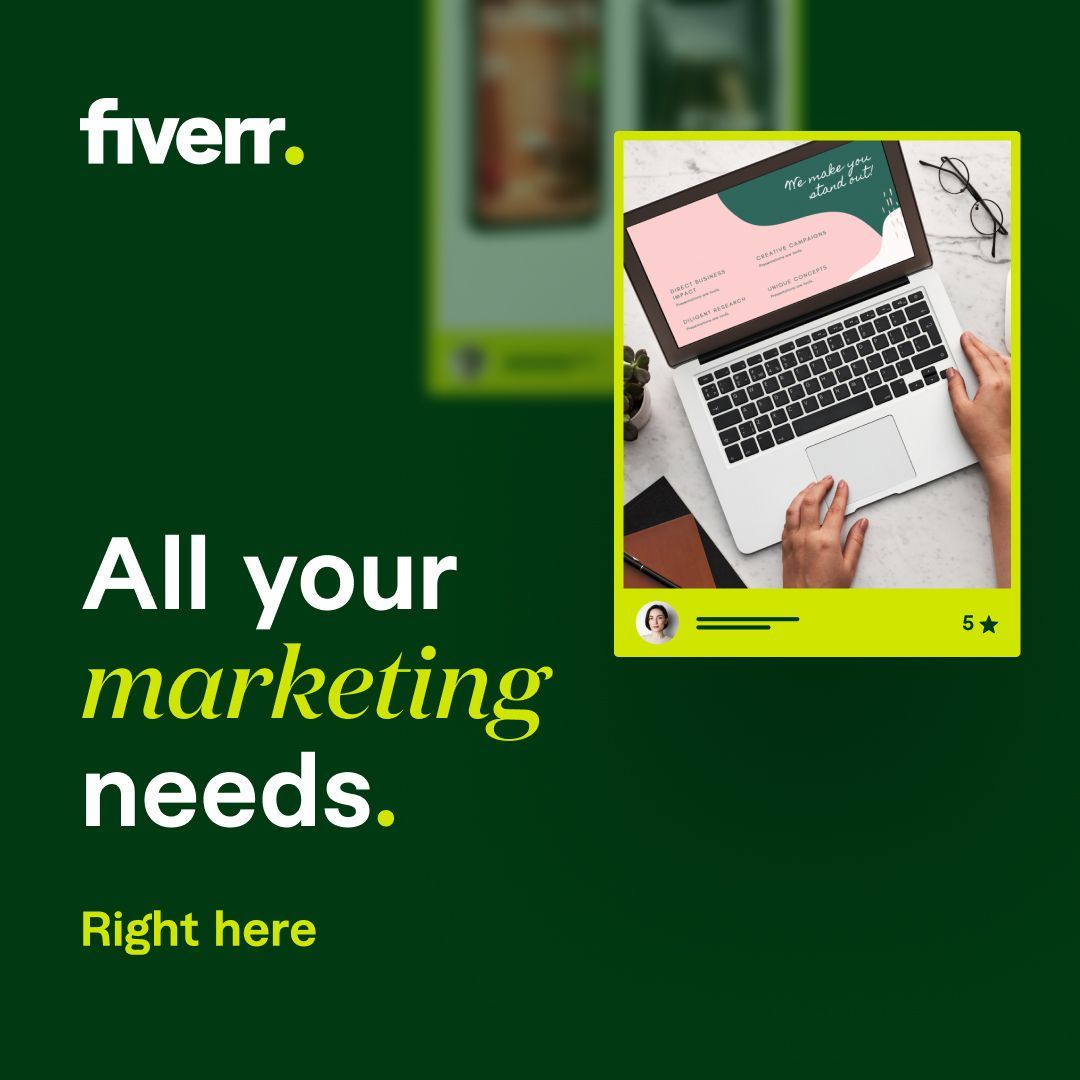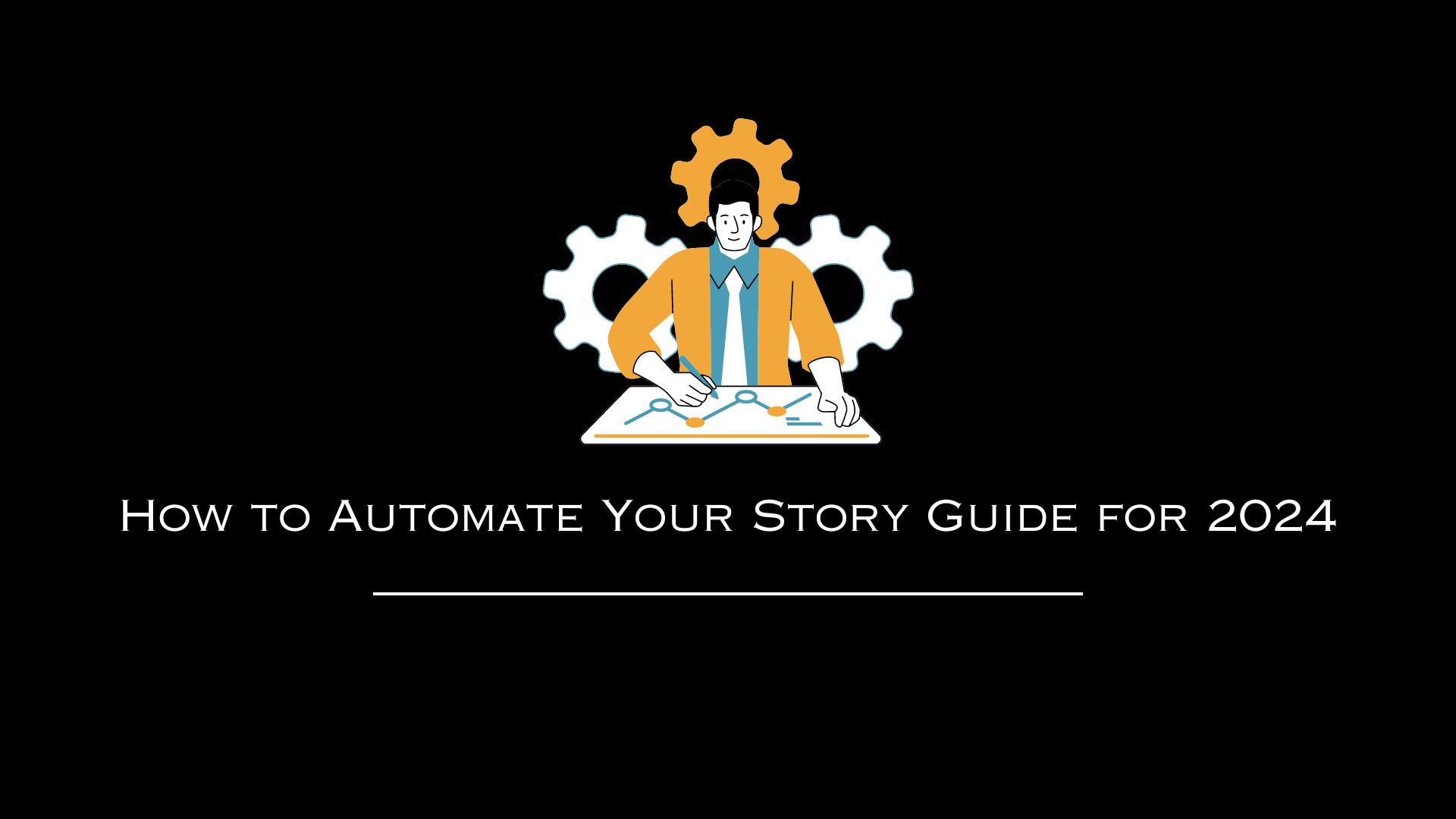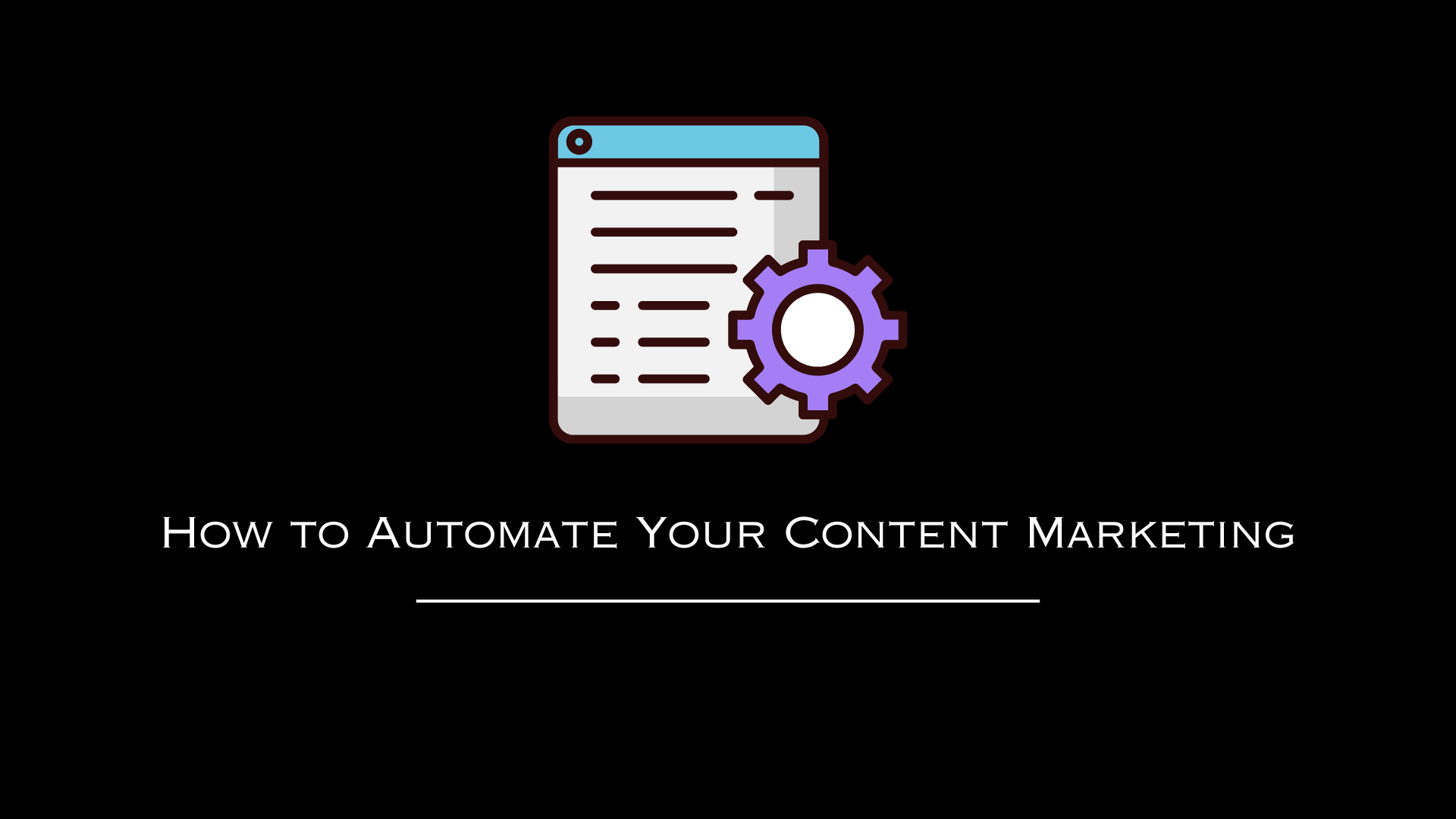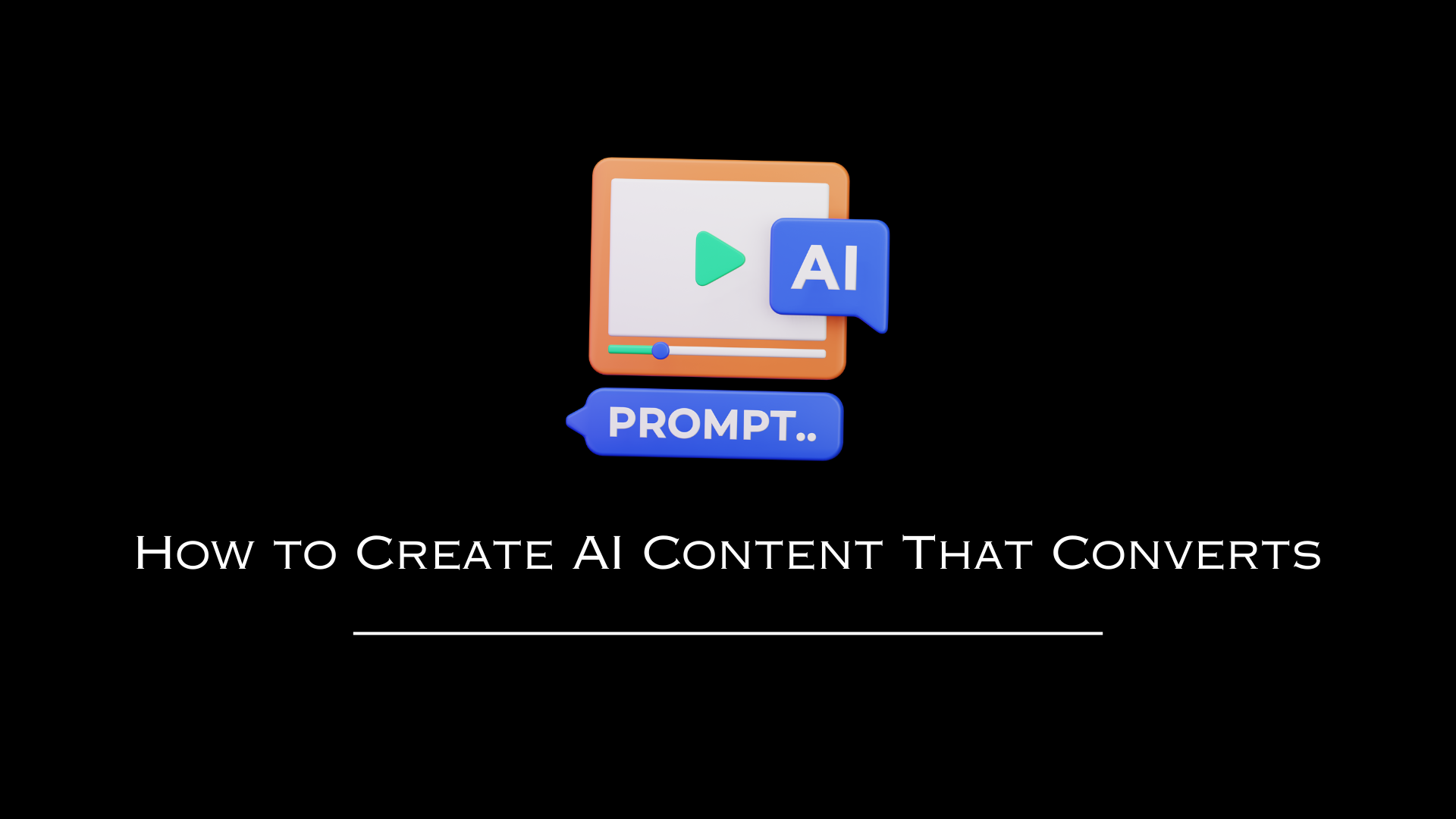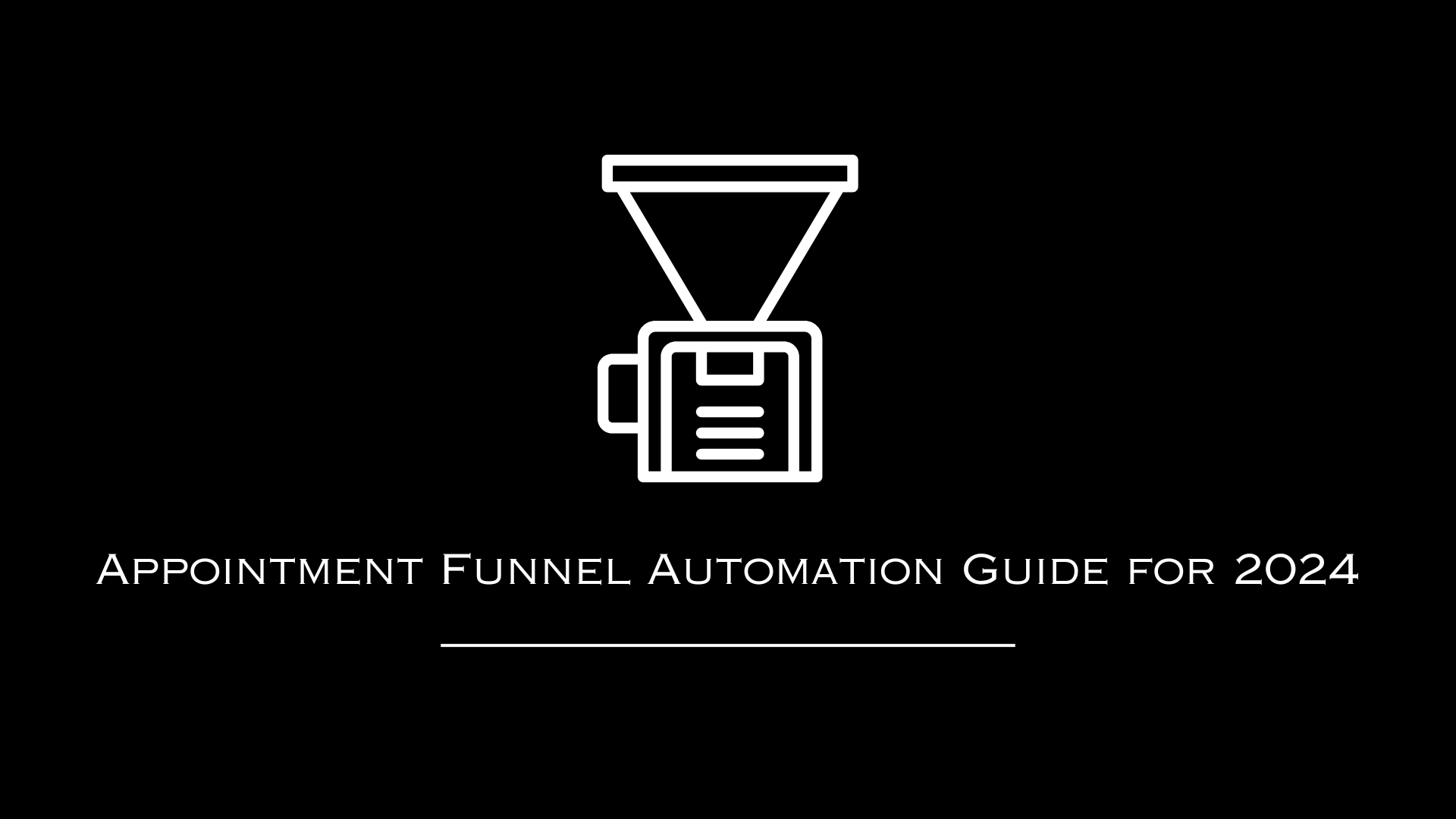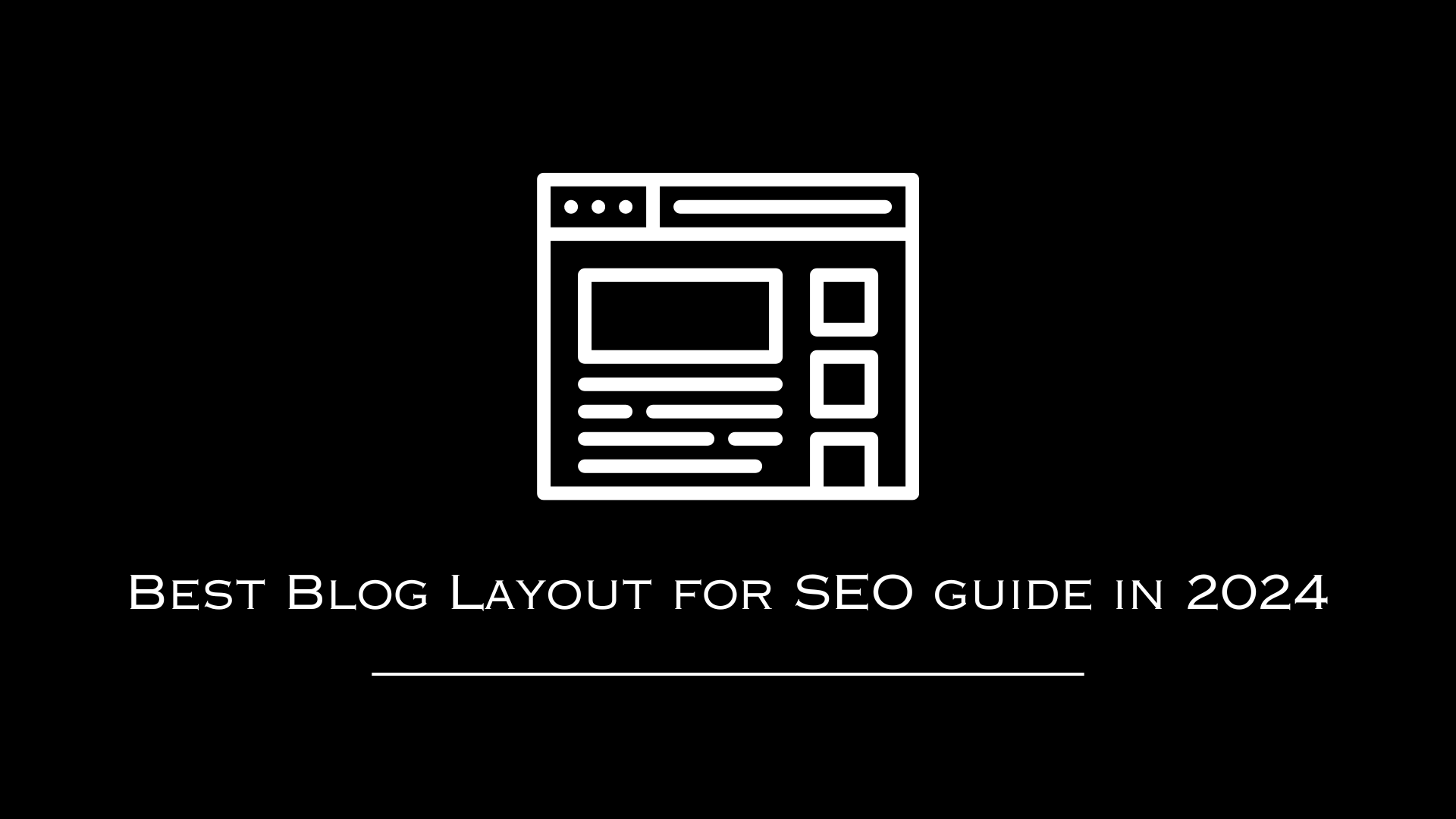AutomationLinks
This blog post has been researched, edited, and approved by expert Hannah Peake. Join our newsletter below to get our free marketing guides.
Here are four simple tips to help you learn about how to increase email open rates:
- Personalize the First Email: Make your first email personal and engagement-focused. Ask subscribers if you're reaching them at the right email address.
- Utilize the Preheader: Beyond the subject line, craft an engaging preheader text that complements your email's main message and prompts recipients to open the email.
- Send a Timely Follow-Up: If subscribers don't engage with your initial email, send a friendly follow-up the next day to remind them of your message.
- Opt for a Simple 'P.S.' Call to Action: After prioritizing engagement in the main body of your email, use the 'P.S.' section for a clear and direct call to action.
4 Additional Tips
- Craft Compelling Subject Lines: The first thing subscribers see is the subject line. Make it intriguing and relevant to encourage them to open the email.
- Segment Your Email List: Not all subscribers are the same. Segment your list based on various criteria (e.g., purchase history, location) to send tailored emails that resonate more with each group.
- Test and Optimize: Regularly conduct A/B testing on different elements of your emails, from subject lines to send times, to find what resonates best with your audience.
- Maintain Email List Hygiene: Regularly clean up and update your email list. Remove unengaged subscribers to ensure you're reaching an audience that's genuinely interested in your content.
How Do I Increase My Email Open Rates?
In the world of digital marketing, a recurring question among businesses and nonprofits alike is: “How do I increase my email open rates?”
The importance of this question cannot be overstated. Emails are a critical touchpoint in fostering customer relationships, driving sales, and expanding outreach.
However, before diving deep into strategies, it's essential to address the basics: Are you even sending an automated email? If an email doesn't make it to a recipient's inbox, then what's the purpose of sending it in the first place? Let's embark on a journey to unlock the secrets of enhancing your email open rates.
The Significance of Email as a Marketing Tool
Email marketing has stood the test of time, proving itself to be an indispensable tool for businesses. In an age where digital communication is the norm, emails serve as a direct line to your audience, offering personalized content that speaks to their interests and needs.
Open rates are a direct reflection of how effective your email campaigns are. High open rates signify that your email content resonates with your audience, leading to increased conversions and a positive return on investment (ROI).
On the contrary, low open rates can indicate misalignment in your messaging or issues with deliverability.
Make it About Your Customer
The success of an email campaign largely hinges on its relevance to the recipient. I pride myself on achieving an average open rate of 80%, and the cornerstone of this success is a strategic approach that centers on the customer.
Many businesses and nonprofits miss the mark by crafting emails that are self-centric. The common misconception is that once someone signs up for your email list, they're eager to devour every newsletter and learn everything about your organization. However, this couldn't be further from the truth.
Most subscribers are seeking value, solutions to their problems, and clear next steps. They aren't necessarily interested in a deep dive into your organization's every update or achievement.
Avoid the "All About Us" Trap
It's a pitfall many fall into - sending emails that are predominantly about the organization. Remember, while your subscribers might be interested in your brand, what truly engages them is how your offerings or information can benefit them.
Subscribers are often looking for guidance. They've signed up because they see potential value in your content. Capitalize on this by providing them with a clear and concise next step.
Whether it's reading a related article, trying out a new product, or participating in an event, ensure that the call-to-action is evident and enticing.
First Email: Plain Text Style
The first impression is crucial. When subscribers opt into your email list, the initial email they receive sets the tone for your future communications. This very first email should be crafted to encourage them to respond back to you.
A response not only fosters engagement but also signals to email providers that your emails are relevant and wanted.
While it might be tempting to dazzle your subscribers with visually appealing emails filled with images and links, the most effective approach, especially for that first email, is simplicity. Adopting a plain text style — devoid of images and links — is key. But why?
Understanding the Role of HTML Code
Major email providers like Outlook, Google, and even Yahoo, scrutinize the HTML code that underpins your emails. The more content-rich your email is, particularly with images and links, the more HTML code it carries.
Without delving into the technicalities, the bottom line is this: a heavy email, laden with HTML, raises red flags.
Personal Touch: Mimic One-to-One Communication
Imagine sending a friend or colleague an email from your personal Gmail or Outlook account. It's straightforward, direct, and devoid of any fancy design elements. This is the essence of a personal style email.
By mirroring this style in your campaigns, you significantly reduce the risk of landing in the dreaded promotions or spam folders. The goal is clear: ensure your email lands squarely in the recipient's primary inbox.
The Power of Asking
One of the most potent strategies in email marketing is also one of the simplest: asking for a response. This may sound rudimentary, but it's a game-changer.
When you prompt subscribers to engage actively by replying to your email, you're not just fostering a two-way communication; you're also sending a strong signal to email service providers about the relevance and desirability of your emails.
Crafting the Ideal First Email
When a user subscribes or opts in from your website, the initial communication sets the stage for future interactions. Here's what that pivotal first email should encapsulate:
- Less is More: The email should be short. In the age of information overload, concise content is more likely to be read and acted upon.
- Clarity: Avoid jargon and complex language. The message should be clear: "We value your decision to join us. Let's start a conversation."
- Direct Call to Action: The email should explicitly ask for a response. Whether it's a question about the subscriber's expectations, feedback on your content, or simply a prompt to share their thoughts, the call to action should be unmistakable.
The Inbox Advantage
When a subscriber responds to your email, it's more than just a personal win; it's a technical advantage. Most email platforms, like Gmail or Outlook, use engagement metrics to determine the placement of emails.
An active response to your email is a strong indicator of its relevance, ensuring subsequent communications from you land directly in the subscriber's primary inbox rather than getting sidetracked to other folders.
Mastering the 'P.S.' Section
Many marketers underestimate the power of the postscript, or "P.S.", in an email. However, this seemingly innocuous addition can be a potent tool in your email marketing arsenal.
Often, the 'P.S.' is one of the last things a reader sees, and if used effectively, it can serve as a compelling call to action (CTA) without overshadowing the main content of the email.
Focus on Engagement First
The body of your email should prioritize engagement. This means asking questions that solicit a response, such as "Is this the best email to reach you?" or "Are you interested in receiving a special coupon code from us?"
By initiating a dialogue, you're not only fostering a sense of community but also enhancing the likelihood of your emails being categorized as important by email service providers.
The 'P.S.' as Your Call To Action
Once you've established engagement as the primary focus, the 'P.S.' section can be your platform for more direct CTAs. Here's how to do it:
- Keep it Relevant: If your main email was about a new product, the 'P.S.' could be an invitation to a product launch event.
- Make it Stand Out: Use bold or italicized text, or even a different color, to ensure the 'P.S.' captures attention.
- Be Direct: Whether it's "Schedule a meeting with me," "Click here to explore our e-commerce store," or "Redeem your exclusive offer," ensure your CTA is clear and compelling.
Examples:
- P.S. Did you know we're offering free shipping on all orders this week? Don't miss out!
- P.S. Interested in a deeper dive? Schedule a one-on-one consultation with me here.
- P.S. We've just restocked our bestsellers. Check them out in our e-commerce store now!
The 'P.S.' section is more than just an afterthought. It's a strategic space that can drive action without overwhelming the reader.
By prioritizing engagement in the main body and saving direct CTAs for the postscript, you can strike a balance that both nurtures relationships and drives tangible results.
Follow-Up Emails and Protecting Your Email Reputation
Consistency and persistence are keys to effective email marketing. However, it's essential to strike a balance to ensure you're not overwhelming your subscribers.
If a recipient hasn't opened or responded to your first email, sending a follow-up email the next day can serve as a gentle nudge, reminding them of your previous communication.
Automation is Your Friend
In today's digital age, automation tools are invaluable for managing and optimizing email campaigns. If a subscriber responds to your initial email, automation can ensure they don't receive unnecessary follow-ups.
If you're unsure about setting up such automation, consider using platforms or services that offer this feature. Websites like Fiverr have professionals who can assist, or you could consult with specialized experts, such as myself, to guide you.
Crafting the Follow-Up
The follow-up email should be:
- Friendly: Use a conversational tone to check in, e.g., "Hey, just making sure you received our previous email."
- Brief: Keep it short and to the point.
- Non-intrusive: The aim is to remind, not pester.
Protecting Your Email Reputation
Your email reputation is a critical component of email marketing. If a subscriber doesn't engage with the first two emails you send, it's a potential indicator that they're not interested in your content or that your emails aren't reaching their primary inbox.
Consistently low engagement rates can adversely affect your email reputation, increasing the likelihood of your emails being relegated to the promotions or spam folders.
Making the Tough Decision
If a subscriber doesn't engage with your initial communications, it might be time to consider removing them from your list.
While it may seem counterintuitive, maintaining a list of engaged subscribers is far more beneficial than having a large list with low engagement. It's essential to prioritize the quality of your subscriber base over quantity.
Preheader Text: Your Secret Weapon
Understanding the Preheader
While many are familiar with the subject line's role in email marketing, the preheader remains an underutilized gem. The preheader is that snippet of text that appears right after the subject line when viewing an email in the inbox.
By default, this is often populated with the initial lines of the email. However, customizing this section can significantly amplify your email's impact.
Crafting a Captivating Preheader
- Engage and Inquire: Use the preheader to directly engage the reader. A simple question like, "Is this the best email for you?" can be incredibly effective. This question not only piques the recipient's curiosity but also prompts them to open the email and engage with its content.
- Complement the Subject Line: Ensure your preheader complements and extends the subject line's message. Together, they should give a cohesive preview of the email's content.
The Strategic Advantage
The beauty of the "Is this the best email for you?" preheader is twofold:
- Immediate Engagement: It encourages the subscriber to open the email out of curiosity and confirm their email preference.
- Prompted Response: Once they've opened the email, they're more likely to respond, either affirming their email choice or offering an alternative.
Tying It All Together
By combining a strategically crafted preheader with the tips discussed earlier, you can create a robust email marketing strategy:
- Engage with a compelling preheader.
- Prioritize engagement in the main body, asking for a response.
- Guide subscribers to your primary call to action in the 'P.S.' section.
- Remind subscribers with a friendly follow-up email if they don't engage initially.
- Establish trust by consistently landing in their primary inbox and fostering two-way communication.
Unlock the Full Potential of Your Email Marketing
In the intricate landscape of email marketing, achieving impressive open rates is a culmination of strategic efforts and meticulous attention to detail. Throughout this guide, we've navigated various facets of this journey:
- Initiating Engagement: Crafting emails that prioritize the subscriber's interests and encourage a two-way conversation.
- Optimizing Deliverability: Ensuring that your emails triumph over spam filters to successfully land in the recipient’s primary inbox.
- Harnessing the Power of Follow-Ups: Utilizing automated follow-up emails to maintain engagement and enhance the likelihood of receiving a response.
- Leveraging the Preheader: Unleashing the often-underutilized potential of preheader text to captivate subscribers from the onset.
Each of these strategies is a vital cog in the wheel of your email marketing machinery, working synergistically to elevate your email open rates and foster meaningful interactions with your subscribers.
Ready to Increase Your Email Open Rates?
Unlock the full spectrum of email marketing success by implementing these tried-and-tested strategies. If you're ready to transcend the ordinary and propel your email open rates to new heights, your journey starts now.
Visit AutomationLinks for expert guidance and innovative solutions tailored to catapult your email marketing efficacy. Let's embark on a transformative journey to achieve remarkable email open rates together.
